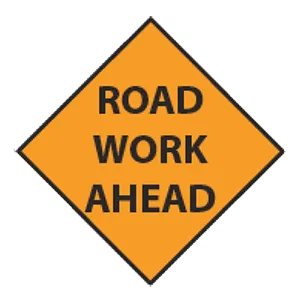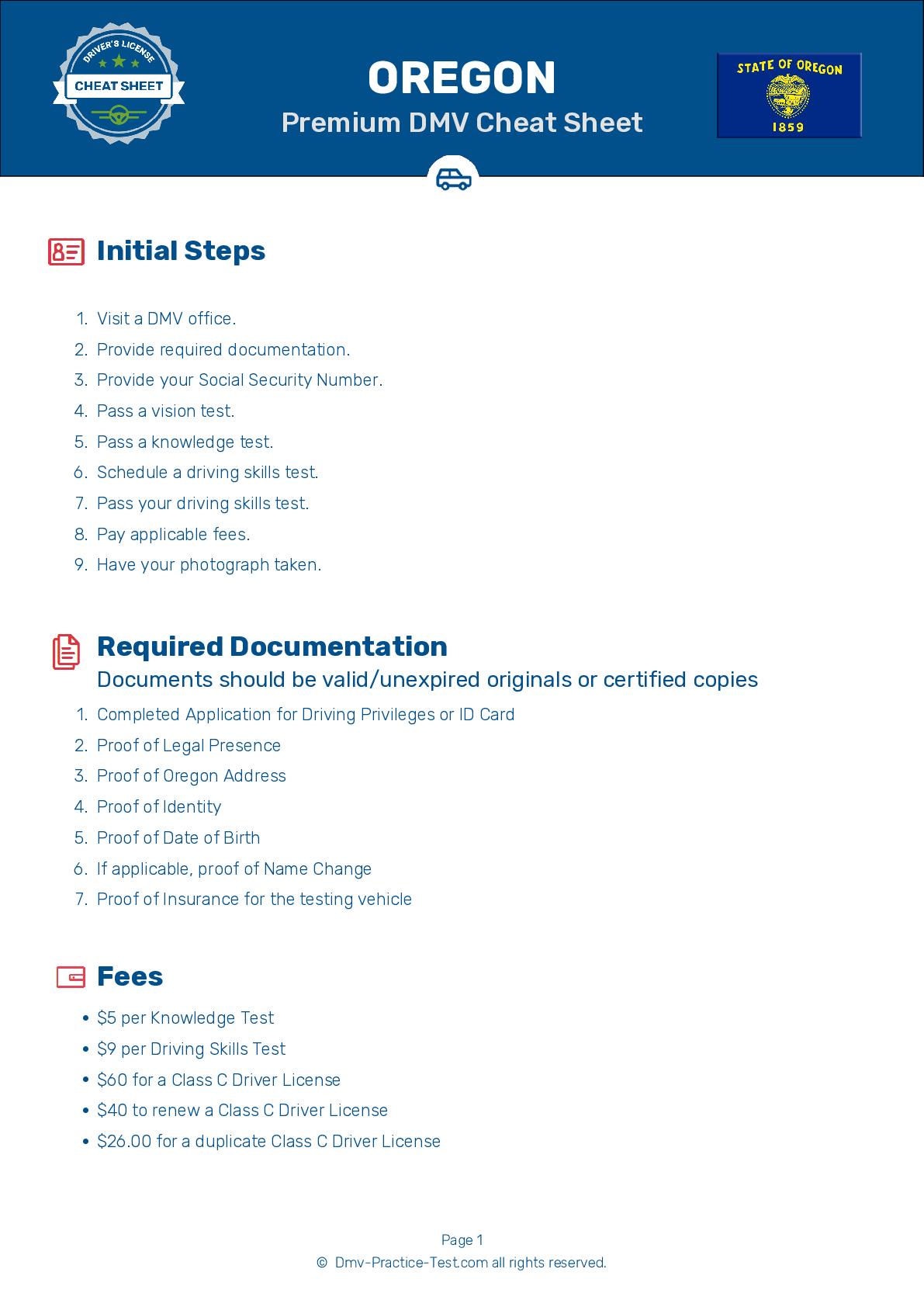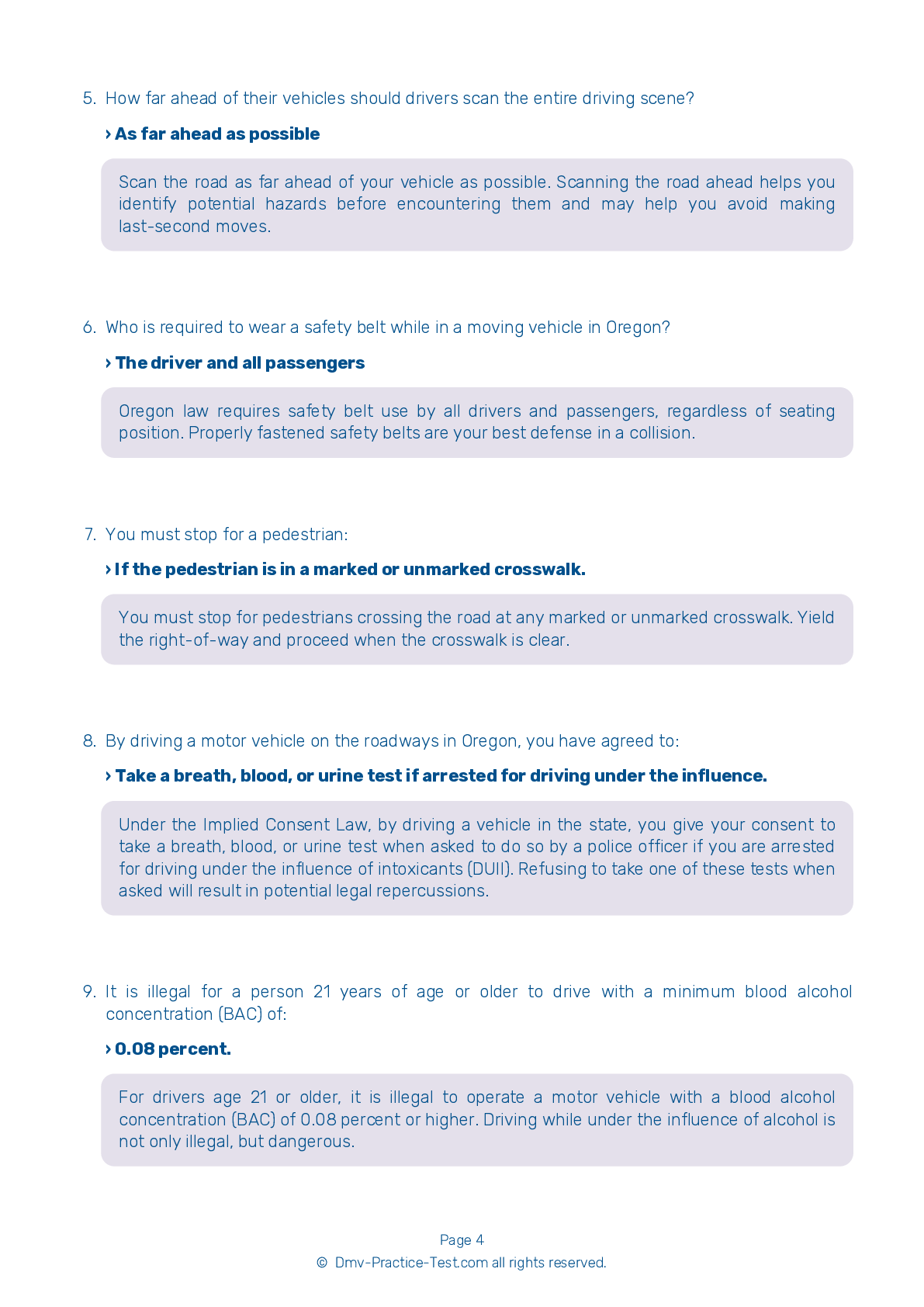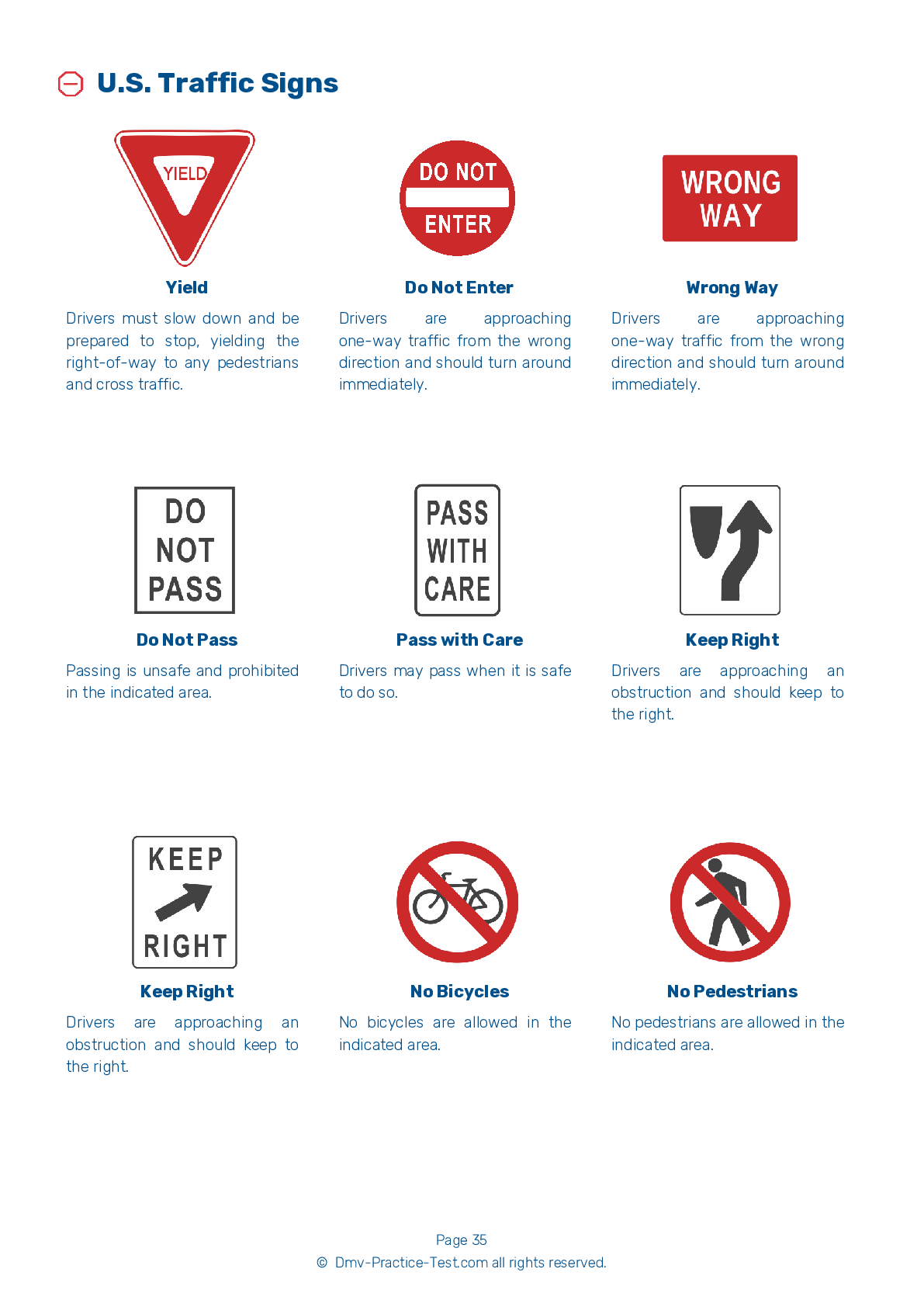FREE Oregon DMV Practice Test #12 Page 5 of 5
The practise exams for the Oregon DMV have been updated for January 2025. It includes questions based on the most important traffic signals and regulations for 2025 from the Oregon Driver Handbook. To study for the DMV driving permit test and driver's licence exam, use actual questions that are very similar (often identical!) to the DMV driving permit test and driver's licence exam.
Each question on the practise exam has a tip and explanation to help you recall the ideas. Questions about traffic rules, traffic signs, and driving statutes, as well as knowledge from the Driver Handbook, will be included in the written portion of the official Oregon DMV test.
You must properly answer 28 of the 35 questions to receive a passing mark. Use the Oregon Department of Motor Vehicles' practise exam to help you prepare for your instruction permit or driver's licence.
The DMV exam is offered in a variety of languages.
Using any form of testing help will result in an automatic fail, and the DMV may take further action against your driver's licence, so avoid it.
29 . You are turning onto a two-lane road divided by a broken yellow line. You know immediately that:
Yellow centerlines are used to separate traffic moving in opposite directions. Broken lines may be crossed to pass slower-moving traffic when it is safe to do so.
30 . If your car starts to skid, turn your steering wheel:
If your vehicle goes into a skid, you should turn the steering wheel in the direction you want the vehicle to go. As soon as the vehicle begins to straighten out, turn the steering wheel back the other way.
31 . Drivers must yield to a pedestrian:
Drivers must always yield to pedestrians in the street, even if they are crossing against a red light or are otherwise being careless.
32 . If you are stopped by a police officer, you should:
If you are stopped by the police, keep your hands on the wheel and ask any passengers to keep their hands in view as well. You should remain in the vehicle unless the police officer asks you to get out. Wait until the officer asks you to retrieve your driver license, registration, and insurance cards.
33 . This sign means:




